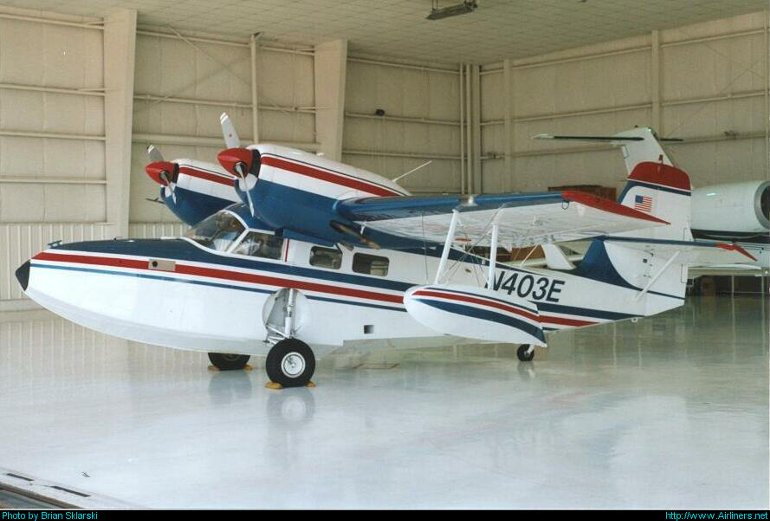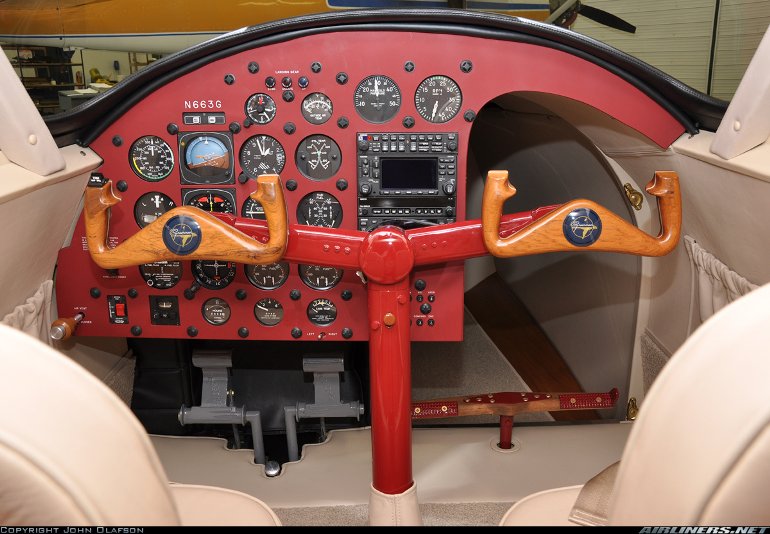Aircraft Technical Data
Grumman G-44 Widgeon


| Details | |
| Country of Origin | United States of America |
| Type | Light utility amphibian |
| History | The smallest of Grumman's amphibians developed for civil use, the Widgeon was conceived as a light personal and executive transport, following the success of the larger Goose. The prototype Widgeon flew for the first time in July 1940, but America's impending entry into WW2 stalled plans for civilian production. The first production Widgeon was the military J4F1, a three seat anti submarine patrol and utility version for the US Navy. The US Navy and US Army Air Force ordered large numbers of Widgeons throughout the war years, others saw service with the US Coast Guard and 15 were supplied to Britain's Royal Navy, that service originally calling the aircraft Gosling. In all, 176 Widgeons were built for military service during the conflict. After the war, Grumman refined the Widgeon for commercial use by altering the hull profile for improved handling on water and increasing seating capacity for up to six. Grumman built 50 of these as the G-44A, while a further 40 were built in France as the SCAN-30. Most SCAN-30s were delivered to customers in the USA. US firm McKinnon Enterprises offered conversions during the 1960s to both the Grumman Goose and Widgeon. McKinnon's Super Widgeon conversion involved fitting G-44As with Lycoming GO-480 flat six cylinder engines driving three blade propellers, which significantly boosted top speed, climb performance and range through improved fuel economy and extra fuel tankage. Other changes incorporated on the Super Widgeon were then modern IFR avionics, new wider cabin windows, more soundproofing, an emergency escape hatch, and as an option retractable wingtip floats. Modifications to the hull and structure meanwhile allowed an increase in the Super Widgeon's maximum takeoff weight. Small numbers of Widgeons and Super Widgeons still fly, mostly in private hands, with a few in commercial service. |
| Powerplants | G-44A - Two 150kW (200hp) Ranger 6440C5 six cylinder, inverted, inline piston engines driving two blade propellers. Super Widgeon - Two 200kW (270hp) Lycoming GO480B1D flat sixes driving three blade constant speed Hartzell propellers. |
| Performance | G-44A - Max speed 257km/h (139kt), typical cruising speed 209km/h (113kt). Initial rate of climb 1000ft/min. Super Widgeon - Max speed 306km/h (165kt), typical cruising speed 282km/h (152kt). Initial rate of climb 1750ft/min. Service ceiling 18,000ft. Range with max fuel and reserves 1600km (865nm). |
| Weights | G-44A - Empty 1470kg (3240lb), max takeoff 2052kg (4525lb). Super Widgeon - Empty 1724kg (3800lb), max takeoff 2500kg (5500lb). |
| Dimensions | Wing span 12.19m (40ft 0in), length 9.47m (31ft 1in), height 3.48m (11ft 5in). Wing area 22.8m2 (245sq ft). |
| Capacity | Maximum accommodation for six, including pilot. |
| Production | More than 266 Widgeons built, including 176 for military use during World War 2, and postwar 50 Grumman built G-44As and 40 SCAN30 French built G-44As. McKinnon converted more than 50 G-44s to Lycoming powered Super Widgeon configuration. |
| Related Links | Grumman G-44 Widgeon |
The backbone of this section is from the The International Directory of Civil Aircraft by Gerard Frawley and used with permission. To get your own copy of the book click here. |
|








